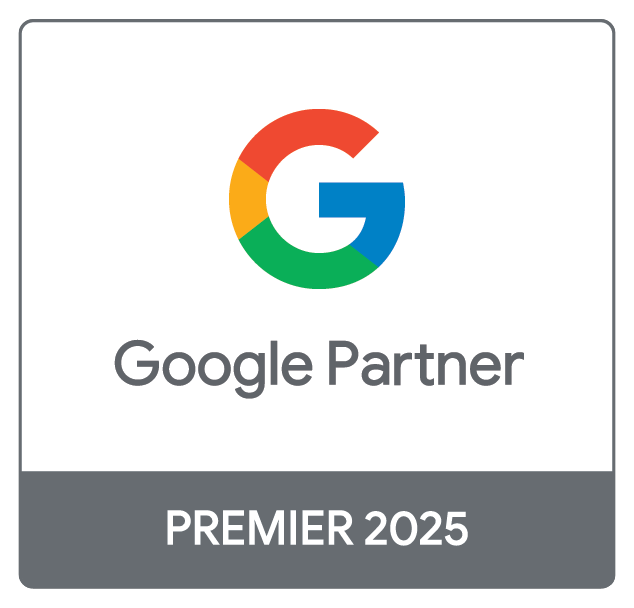You will, no doubt, have come across many websites where the standards of spelling, grammar, and general quality of writing aren’t as good as they might be. Because content on websites can be published quickly, the temptation can be to do just that, so that you can start getting your message out sooner rather than later. Any problems can be dealt with later, when there’s more time, or so the thinking goes. Unfortunately, too often, ‘later’ never arrives…
At Adtrak, we have a team of seven copywriters producing dozens of articles and websites every week. We’re committed to ensuring that only well-written, accurate and accessible copy is published so that it can better serve the interests of our clients. To this end, everything we plan to put online is first closely checked over by another member of the team to make sure it’s being published to the high standards our clients expect and deserve.
Traditionally, there would have been two stages to such checking – copy editing and proofreading. We incorporate these into a single process that is carried out before the finished copy is sent to the client for approval.
Most people will know what proofreading is, but fewer will understand what’s involved with copy editing. In many ways, the copy editing function is the more important of the two in our line of work. So how is it different to proofreading, and why is it such an important part of the process here at Adtrak?
Copy editing and proofreading
The terms ‘proofreading’ and ‘copy editing’ – and the different processes they describe – date from a time well before such things as desktop publishing, the internet and computers in every office were a thing.
At that time, any new piece of writing intended for publication would first go through a copy editing process designed to iron out inconsistencies, smooth out awkward passages and help improve the overall readability, clarity and tone of the text.
Once an article had been edited, it could go on for typesetting, which was a far slower process than it is today. This is why copy editing was done at that early stage, as it was likely to generate more substantive changes that were better done beforehand.
Proofreading was the final check before printing and was solely concerned with picking up any remaining spelling errors, incorrect use of punctuation or minor inconsistencies.
The proofreading side at Adtrak is usually fairly straightforward: all the members of our team have a good standard of English and modern software means most typos and spelling errors are already highlighted for the benefit of whoever is doing the check.
That means that much of the focus is on how the article reads and whether it’s doing its job in getting the information across to the reader. To understand why that matters, especially in the case of the articles and blogs we write for our clients, we need to understand what we’re trying to achieve with them.
What are blogs meant to achieve?
When we write a blog or article for one of our clients, we have a number of goals in mind.
These include:
- Being informative by making sure that the article answers the question that drew the reader to the page in the first place
- Boosting the page’s SEO by using the relevant keywords and other techniques that make it more appealing to Google and thus get it a higher position in search engine results
- Promoting the client’s goods and/or services and making sure that the reader understands that our client can help them with their problem
- Making the article interesting and engaging enough such that the reader is happy to invest the time to read it all
The first three of these are mostly outside the remit of whoever is checking the text. The last, however, is something that can potentially be significantly improved and can be helpful in providing long-term benefits to the client.
How does copy editing improve engagement?
When you’re writing about a subject that you’re not only not an expert in, but which you might also have never have come across before, you quickly need to get an understanding of the concepts involved and then relay them in a way that a lay reader can easily follow and understand.
To do that, the copy needs to be clear, concise and readable. If readers find themselves struggling to follow what you’re saying, they will simply give in and go away – and that’s not going to help the client. That’s because not only might they be losing a potential customer, but it could also negatively impact their bounce rate and, as a result, their organic search rankings.
If you’re writing about a subject that’s new to you, and you’re coming across new terminology, it can sometimes be a struggle to get those unfamiliar concepts across in a straightforward way. It’s also harder for you to spot when you’re twisting yourself into linguistic knots trying to do so – in other words, you may know what you’re trying to say, but that doesn’t mean everyone else will!
An independent, critical eye is going to be far better able to spot when the clarity we’re after isn’t quite being met, and that person can also then make constructive suggestions as to how it might be improved. It’s a collaborative process that is designed to give us the best chance of generating content that works successfully.
As with all disciplines at Adtrak, copywriting involves a number of processes and skills that together give us the best chance of helping our clients get better quality leads with the potential for more conversions. That’s why our clients come to us for help with their marketing and why we’re always looking to improve on how we can do it.
